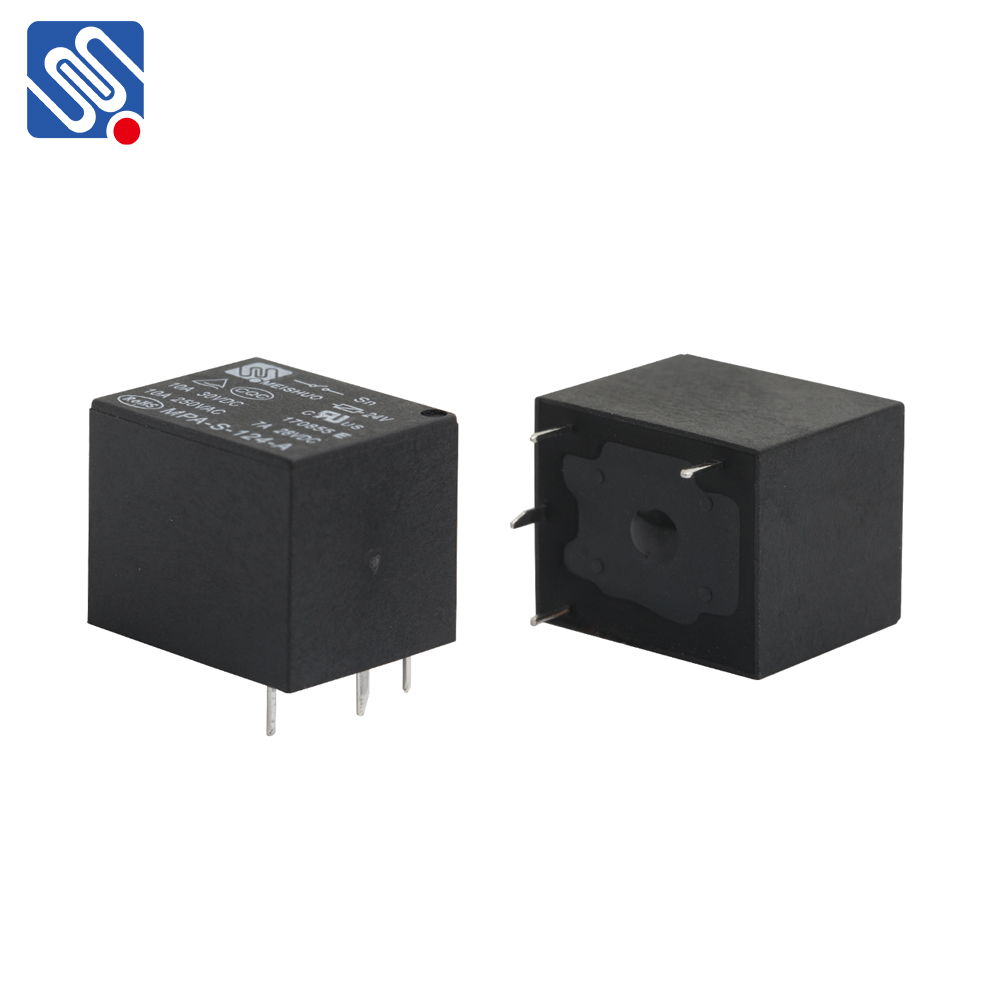relay circuit design: a guide to understanding and implementing efficient systems with meishuo technology
Release time:2025-11-14 06:19:09
Relay circuits play a pivotal role in controlling electrical devices through low-power signals, making them essential components in automation systems, control panels, and safety devices. They allow one circuit to switch a separate, higher-power circuit, providing electrical isolation between the two. Understanding how to design relay circuits and incorporating modern solutions like Meishuo technology can significantly improve the efficiency and reliability of these systems. This article provides an overview of relay circuit design and emphasizes the benefits of using Meishuo in the process.

Introduction to Relay Circuits
A relay is an electrical switch that opens and closes under the control of another electrical circuit. It consists of an electromagnet, a set of contacts, and a spring. When current flows through the coil of the electromagnet, it generates a magnetic field that either closes or opens the relay contacts, depending on the design. This allows a low-power signal to control the operation of a higher-power circuit. Relays are commonly used in applications such as home automation, motor control, and alarm systems.
Key Components in Relay Circuit Design
A typical relay circuit includes several essential components:

